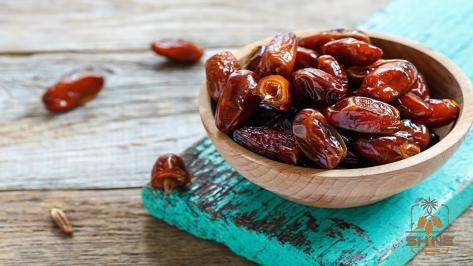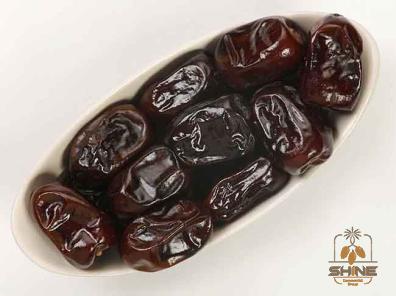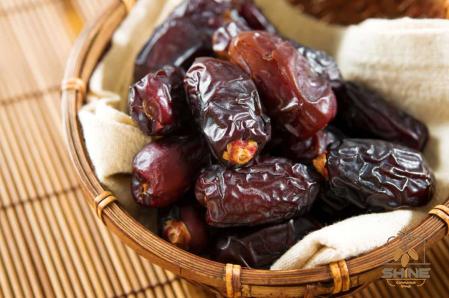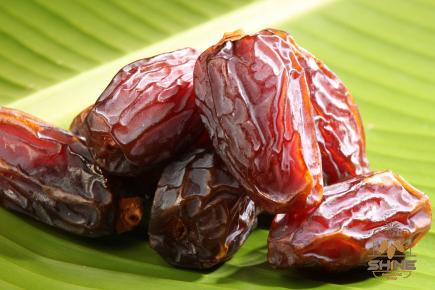Want to know about the date sugar processing? This article will help you do so!
Dates are the fruit of the Phoenix dactylifera palm tree, which is an economically important species. Dates can also be harvested from another species known as Phoenix Sylvestis, which is connected to the date palm in a very close and intimate way.
Dates are notorious for their high sugar content, which can reach up to 50–60% of their total weight depending on the variety.
In the past, sugar could be extracted from dates by pressing the fruit, which caused some of the sugars to be released along with the natural liquids that the fruit contained.
Pressing, on the other hand, is not a method that can be used in a business setting for a variety of reasons.
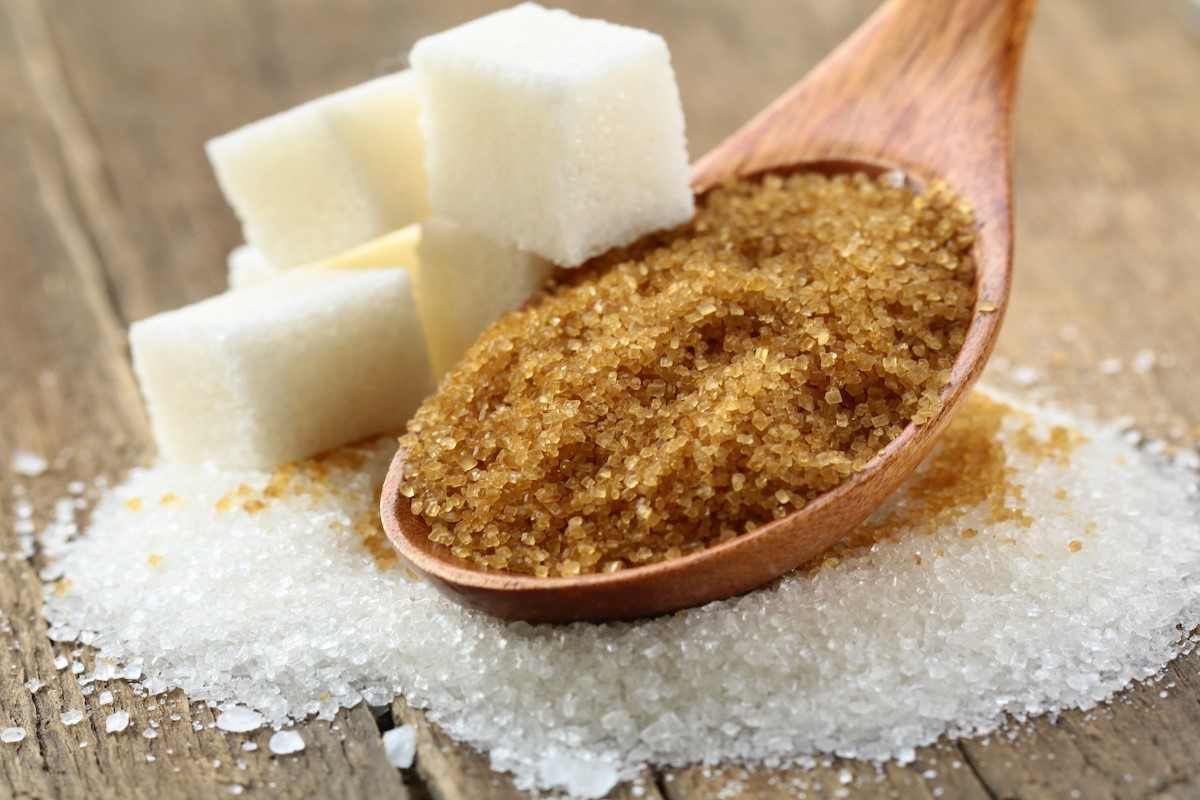
During the pressing process, the hemicellulose cell walls are broken down, which results in the release of contaminants that are difficult and costly to separate in a commercial setting.
Additionally, the pressing process only recovers a small portion of the vast quantities of sugars that are present in dates.
Even though it is common knowledge that dates contain a significant quantity of sugar, the process of removing that sugar from dates presents daunting challenges, which has prohibited its recovery on a commercial scale.
Dates have strong skins and cell membranes, and the fruit itself has a gelatinous texture.
Because of these characteristics, it is difficult to break dates into smaller pieces and subdivide them so that the sugars may be extracted effectively. It’s well knowledge that dates include all three types of sugar: fructose, sucrose, and glucose.
In the past, there have been efforts to simultaneously extract sucrose, fructose, and glucose from plant materials. However, these efforts have not proven successful on a commercial scale.
In the process of extracting and purifying sucrose, it has traditionally been the practice to carry out the separation of sucrose on an individual basis, treating fructose and glucose as impurities and not attempting to recover them.
Because of the presence of various contaminants in plants that have a high percentage of fructose, it has proven to be challenging to successfully recover fructose on its own.
Therefore, fruits and vegetables that are high in fructose content, such as oranges and grapes, are sold without being processed in order to meet the need for fructose in the diets of humans.
In the case of grapes, the fructose is converted into alcohol in order to generate a higher return on investment.
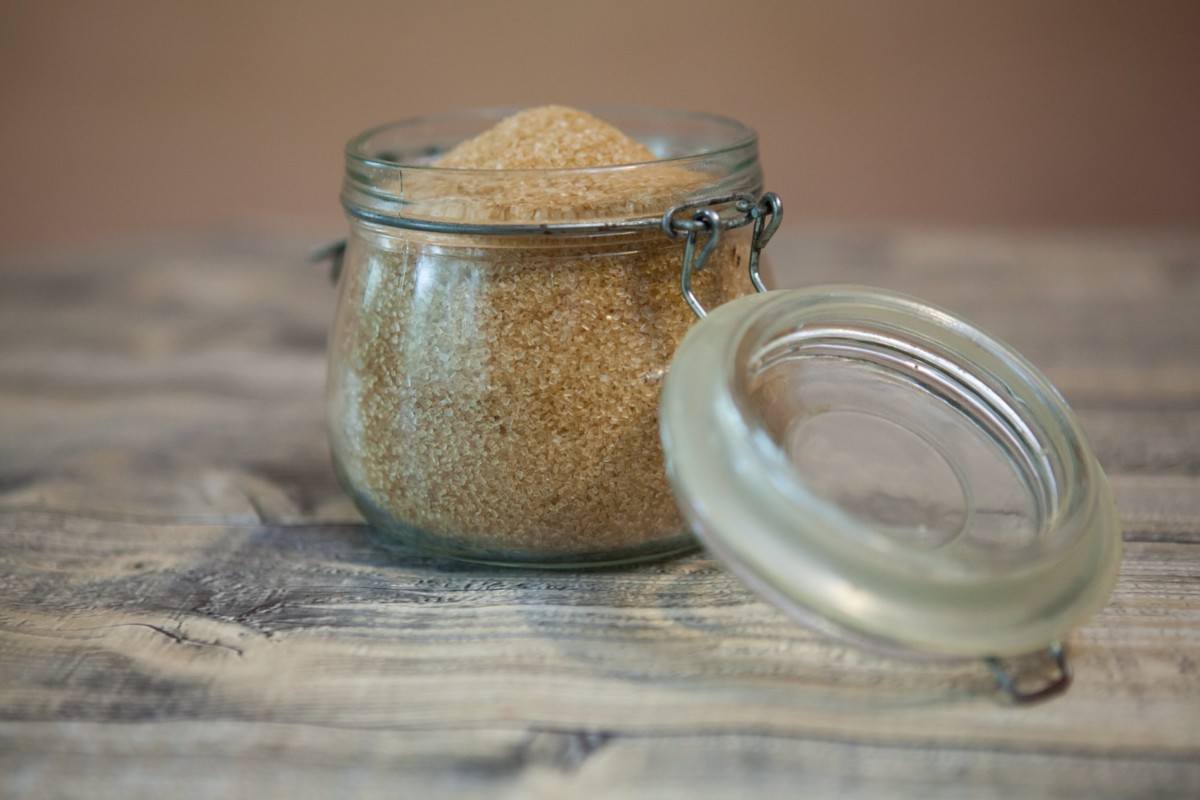
As a consequence of this, fructose is typically derived from plants that are rich in carbs, such as maize. In these plants, the carbohydrate (in this case, the starch of the corn) that is present is transformed into fructose using enzymes or some other process.
When fructose is processed chemically or enzymatically, glucose is frequently created as an unwanted by-product. As a result, glucose is frequently present alongside fructose in liquid sugars.
When making liquid sugars, sucrose is often chemically or enzymatically broken down into fructose and glucose before the process begins.
Sugars in liquid form that naturally combine sucrose, fructose, and glucose are not something that has been readily available for purchase up until this point.
Dates are one of a kind not only because they have all three types of sugar present in their natural state but also because they have a disproportionately high concentration of each type of sugar.
The place in which dates are grown produces a significant degree of variation in the relative proportions of these three types of sugar found in dates.
For instance, dates originating in Algeria have a higher amount of fructose than dates originating in Southern California, which have a higher proportion of sucrose. All three sugars can be found in dates.
Because of their rough skin and cell walls, as well as their sticky stickiness, dates are difficult to comminute using methods such as grinding, crushing, chopping, or slicing.
Because of this, they are almost often sold and utilized as products of trade as the whole fruit, either pitted or unpitted, rather than having the pits removed.
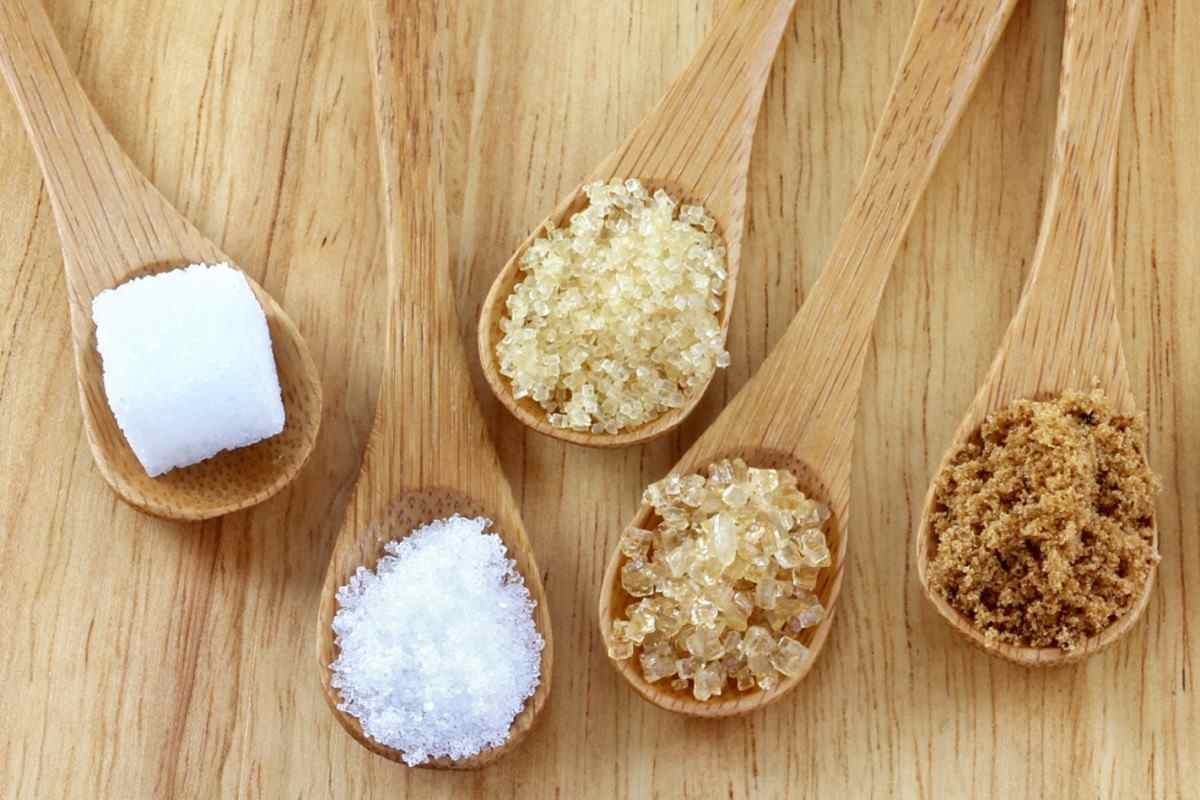
However, several additional components of dates have the potential to also produce goods that are valuable to the region in which they are farmed.
For example, the seeds and pits are sometimes crushed up and utilized as feed stock. When making date palm meal, the stems of a species called Phoenix farinifera, which is rather uncommon, are sometimes used.
DETAILED DESCRIPTION OF THE INVENTION
It has been found that sugars can be satisfactorily extracted from dates, provided that the dates are suitably processed and subdivided into particles.
This finding is in line with the goals of the invention, which can be summarized as follows: As a direct result of the Appropriate preparation, the extraction efficiency of the dates has been significantly improved, and more efficient extraction is achievable.
In addition to that, continuous extraction can be carried out.
It has recently come to light, in accordance with the goals of the innovation, that dates can be comminuted or divided into smaller pieces if they are frozen, even if only partially. This discovery was made.
If the dates are at the very least partially frozen, they are able to be subdivided into particle sizes that are suitable for extraction. After receiving the raw dates, the seeds are removed from them.
After being pitted, the dates are either moved to a cool or cold storage facility or they are frozen immediately. Following this step, the frozen dates are cut into smaller pieces and placed in an extractor.
The sugars are subsequently removed from the subdivided dates by the extractor, and the date fibers that have been extracted are sent to a dewatering press R. Sugar juice H from the extractor G can be purified at I and concentrated at J, for example by evaporating water.
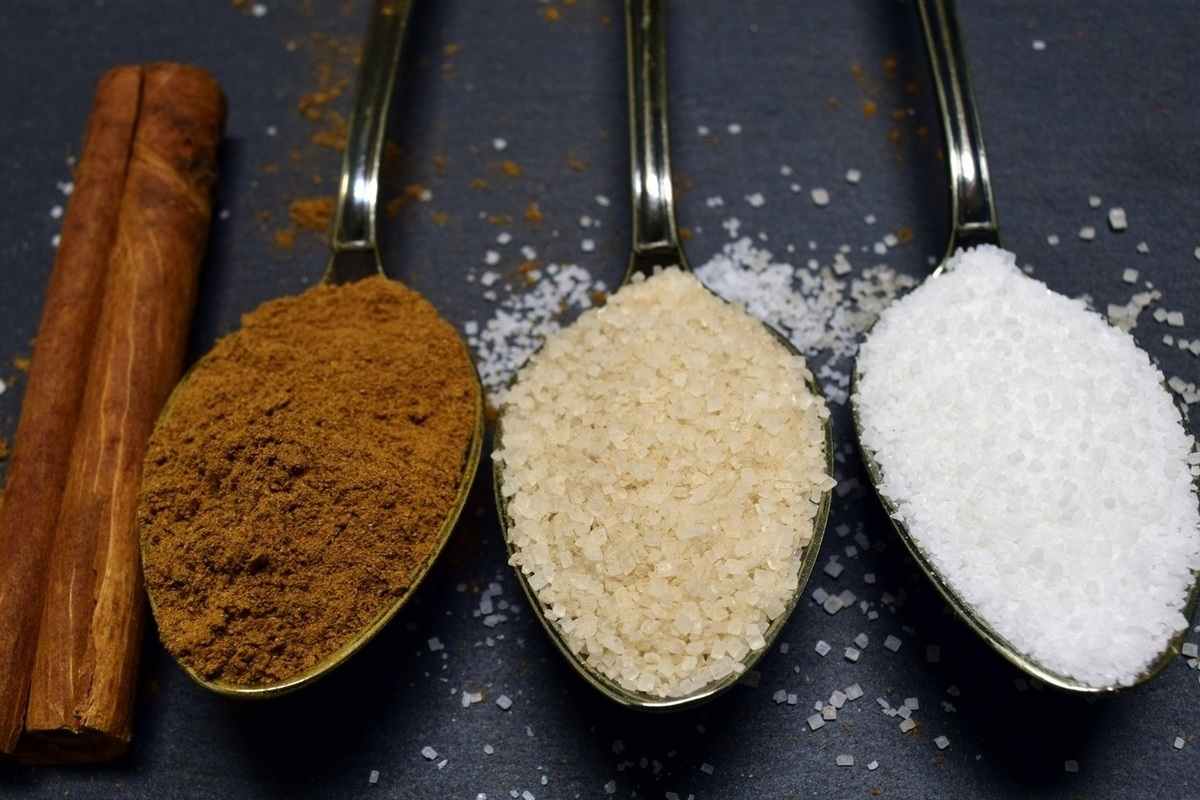
This can then be sold to customers as liquid Sugar K for a variety of uses, such as liquid Sweeteners for Soft drinks, or it can go to Sugar Storage tanks, where it is then sold to customers.
Additionally, as was mentioned, the Seeds that have been taken from the Dates can be ground at Q, and the date fibers that have been dewatered can be blended together at S to form new food products T, which can then be packaged at U for sale to consumers.
In order to separate the seeds from the dates, the pits must be removed first. The pitting operation can be carried out by hand or with the help of suitable mechanical devices that are used in the industry.
After being pitted, the dates are then frozen for at least some portion of their time.
The freezing of the dates, or at least a portion of them, is an essential step in the appropriate preparation for the extraction of the sugars. The process of freezing can be carried out in a wide variety of ways, utilizing a wide variety of methods.
One method involves putting the dates in various containers, such as trays, for instance. For example, transporting trays or
belts, passing through a freezing Section, or they may be delivered to Storage, preferably cold or cool Storage, or they may be Stored in a freezer. Another option is that they may be transported by conveyor belts.
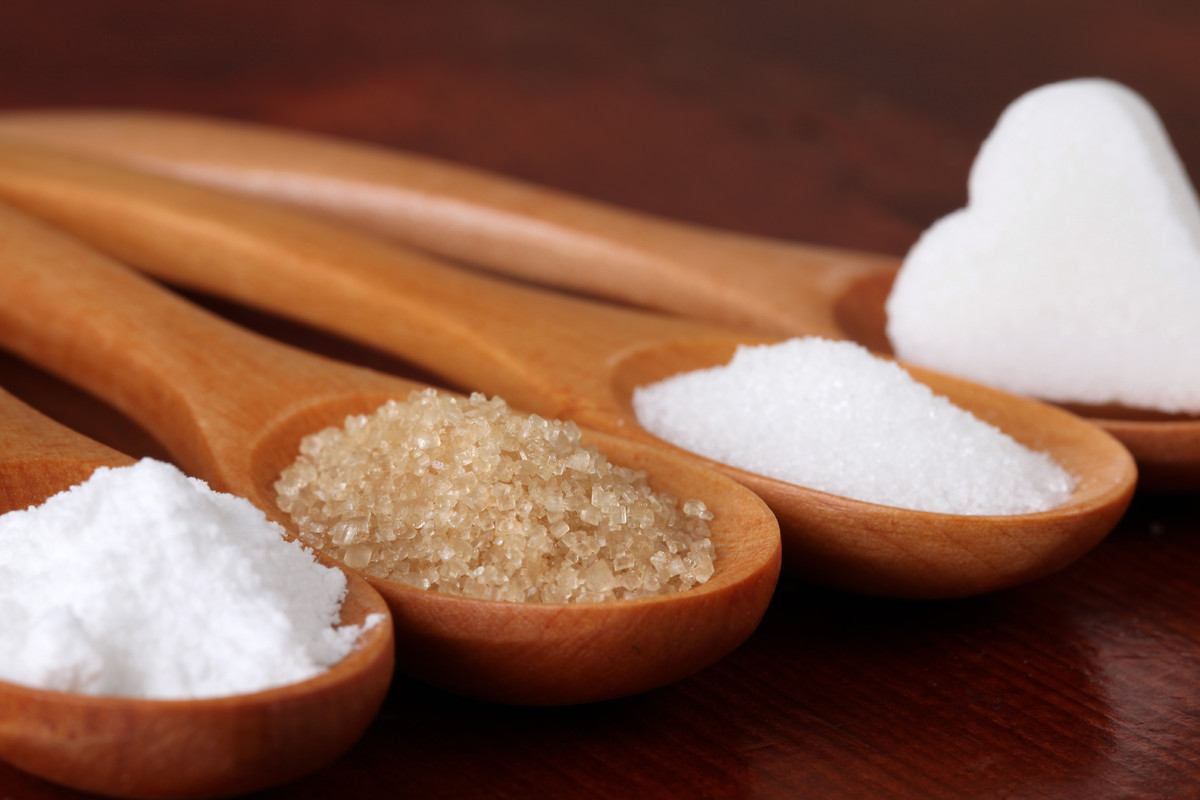
date sugar
Dates, which are a popular type of dried fruit that are chewy and candy-sweet, can also be processed into a granulated sugar that is referred to as date sugar or into a thick syrup that is referred to as date syrup.
Date sugar and date syrup are relatively unprocessed sweeteners when compared to several other types of sweeteners.
Date sugar is produced by further dehydrating dates, which are then ground into a powder. This process results in granulated sugar that is a light brown color and is high in fiber content.
To create date syrup, entire dried dates are boiled and then filtered through cheesecloth when the boiling process is complete.
The result of this method is a black, viscous, and sugary syrup that is produced by simmering the liquid that was strained out throughout the process. This further decreases the liquid and concentrates the sugars.
Dates are native to the Middle East and North Africa, which may explain why Middle Eastern and North African cuisines use more date sugar and date syrup than other cuisines.
Date sugar and syrup are frequently used in the preparation of desserts, roasted vegetables, and marinades in these traditional cuisines.
Date sweeteners are frequently referred to as “healthier” sweeteners. This is because date sweeteners are generally unprocessed and maintain a significant portion of the original whole food’s dietary fiber and minerals.
However, sweeteners made from dates still contain a significant amount of sugar, and as with any other type of sweetener, they should only be used in moderation.
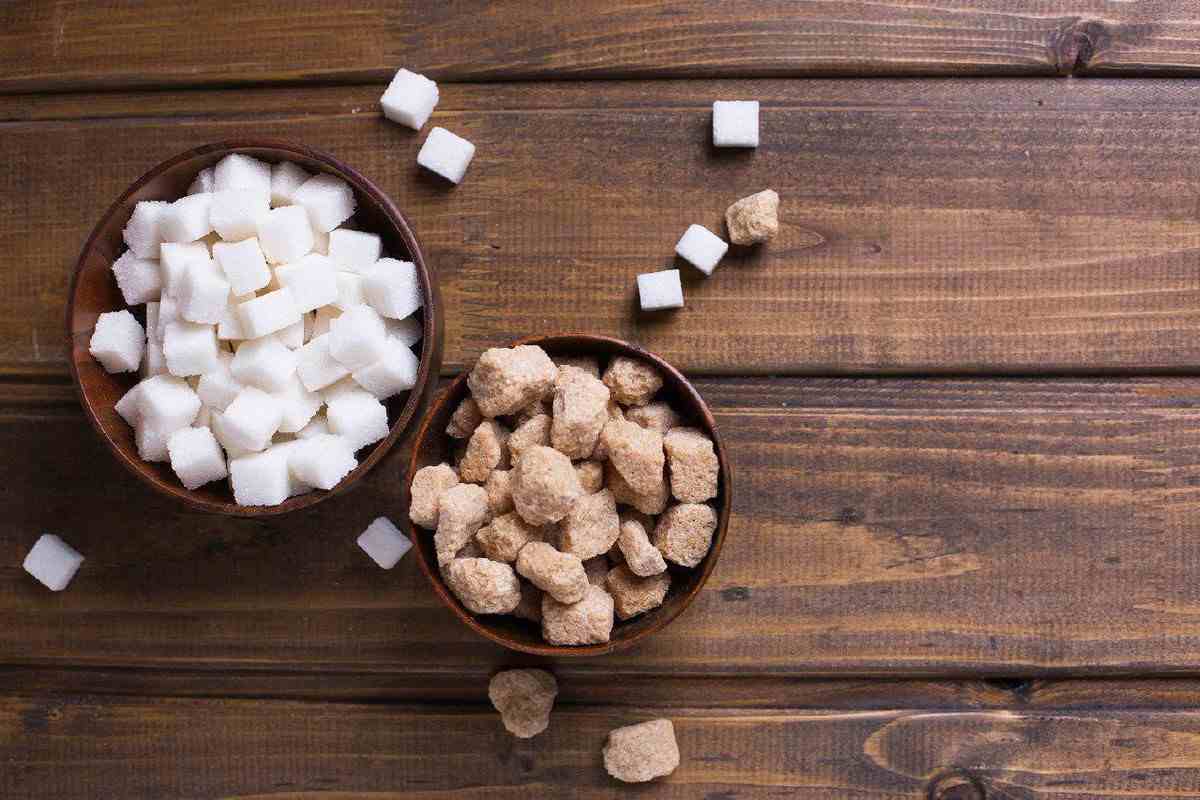
Palm tree sugar
Date sugar, as one of the palm tree fruits, has a similar appearance to brown sugar. Date sugar has a flavor that is similar to caramel and is sweet with a hint of maltiness. Its hue is similar to that of brown sugar.
Date sugar, on the other hand, is made up of very small bits that are irregular in shape and slightly fibrous in texture, in contrast to brown sugar, which is made up of crystals that are rather regular and angular in shape.
Date sugar is created from whole dates that have been granulated, thus it does not dissolve entirely in water as regular sugar does.
Date syrup is a thick, transparent syrup with the hue of maple syrup and the thick viscosity of honey. It is also occasionally called date honey or date molasses. It has a flavor that is intensely sweet and brings to mind both caramel and molasses.
Information about Nutrition
There are 15 calories in one teaspoon of date sugar, and 3.0g of sugar in total. The amount of sugar and calories in one teaspoon of date syrup is equal to 4.0g.
In spite of the fact that all of these foods include minute quantities of iron, potassium, calcium, and magnesium, neither of these foods is a particularly rich source of any nutrient other from sugar.
Selection
Date sweeteners are typically sold in health food stores as well as Middle Eastern grocery stores; however, as their popularity grows, customers may also find them in larger and more progressive supermarkets.
Date sugar is typically offered for purchase in plastic bags that may be sealed again after use, whereas date syrup (which may also be referred to as date honey or date molasses) is typically packaged in glass jars or plastic squeeze bottles.
Dates should be the only ingredient that is specified on the packaging for either of these options.
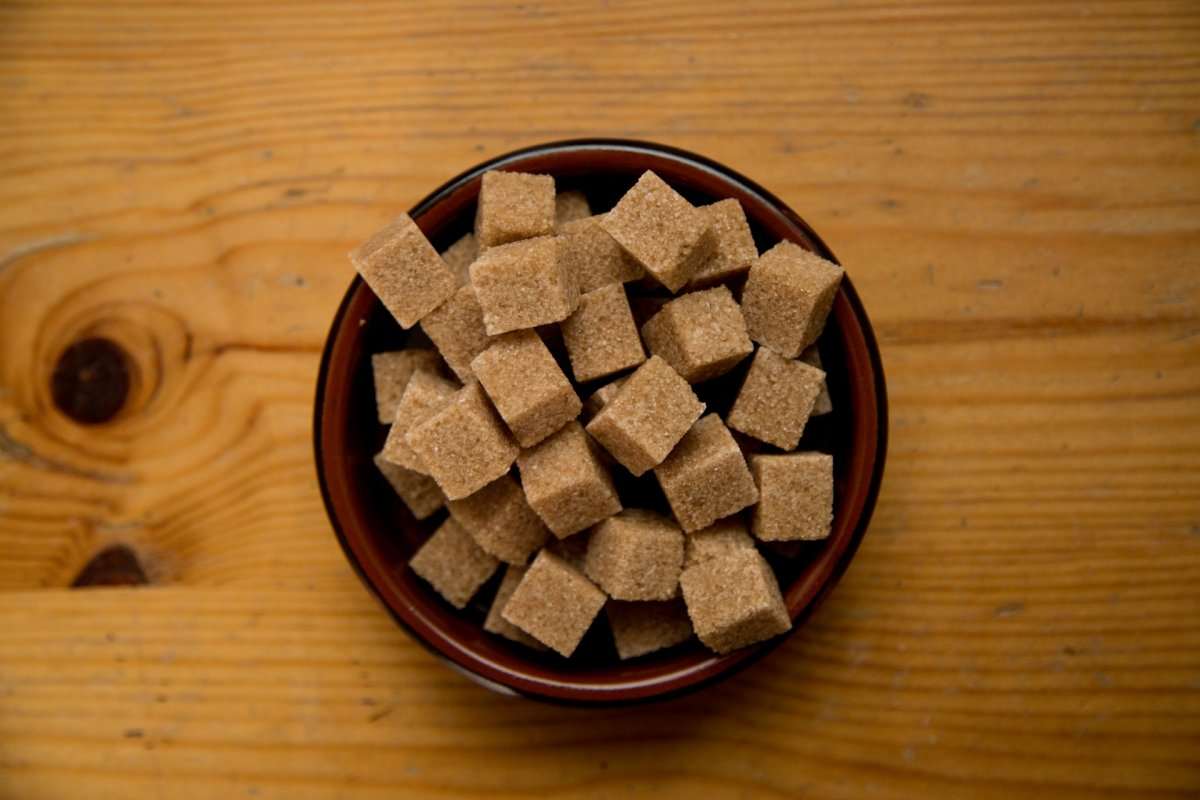
Note that date sugar is often mistaken with date palm sugar, which is not made from dates but rather from the dehydrated sap of sugar palm trees. Date sugar is made from dates.
Date sugar, on the other hand, will not dissolve entirely in water, whereas date palm sugar will. This is one way to discern the difference between the two, in addition to paying close attention to the label.
When added to water, date sugar, which is derived from whole granulated dates, will produce a trace quantity of sediment. This sediment is caused by the presence of fiber in the whole food, which is a component of date sugar.
Storage
Both date sugar and date syrup can be stored for an extended period of time. Place in a cupboard that is cool, dark, and dry. Make sure the container is airtight.
Date sugar and date syrup have extended shelf lives; however, it is important to follow the instructions on the container in order to ensure that the products remain fresh.
Date sugar is particularly susceptible to being clumped, thus it is essential to ensure that it is kept in an airtight container at all times.
Preparation
Date sugar and date syrup are two types of sweeteners that can be utilized in a wide variety of culinary applications, such as in oatmeal, smoothies, baked products, and marinades
Date sugar has a similar malty-sweet flavor to brown sugar, so you may use it for brown sugar in any recipe that calls for it. Date syrup can be used in place of honey, molasses, or agave nectar to get a sweetness that is similar to that of caramel.
Recipe for brownies made with chickpeas and chocolate.
You don’t need to look much farther if you’re looking for a delectable snack or dessert. The chickpea brownies with date syrup and sugar topping are guaranteed to be a hit with anybody who tries them.
Grab a bowl for mixing, because we’re about to make a batch! After that, take a fork and dig in!
